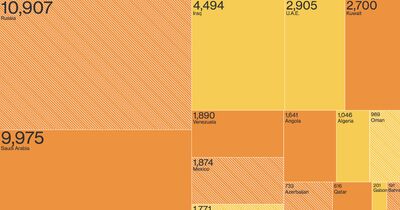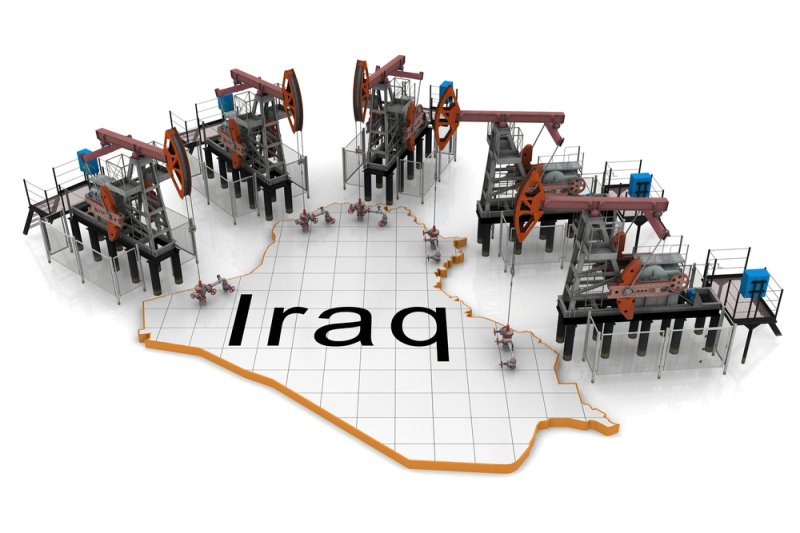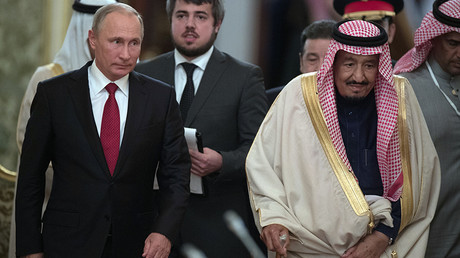Tankers
carrying record levels of crude are leaving in droves from Texas and
Louisiana ports, and more growth in the fledgling U.S. oil export market
may before long test the limits of infrastructure like pipelines, dock
space and ship traffic.
U.S. crude exports have boomed since the decades-old ban was
lifted less than two years ago, with shipments recently hitting a record
of 2 million barrels a day. But shippers and traders fear the rising
trend is not sustainable, and if limits are hit, it could pressure the
price of U.S. oil.
How much crude the United States can export is a mystery. Most terminal operators and companies will not disclose capacity,
and federal agencies like the U.S. Energy Department do not track it.
Still, oil export infrastructure will probably need further investment
in coming years. Bottlenecks would hit not only storage and loading
capacity, but also factors such as pipeline connectivity and shipping
traffic.
Analysts believe operators will start to run into bottlenecks if
exports rise to 3.5 million to 4 million barrels a day. RBC Capital
analysts put the figure lower, around 3.2 million bpd.
The United States has not come close to that yet. A total of the
highest loading days across Houston, Port Arthur, Corpus Christi and St.
James/New Orleans - the primary places where crude can be exported -
comes to about 3.2 million bpd, according to Kpler, a cargo tracking
service.
But with total U.S. crude production currently at 9.5 million barrels
a day and expected to add 800,000 to 1 million bpd annually, export
capacity could be tested before long. Over the past four weeks, exports
averaged 1.7 million bpd, more than triple a year earlier.
“Right now, there seems to be a little more wiggle room for export
levels,” said Michael Cohen, head of energy markets research at
Barclays.
“Two to three years down the road, if U.S. production continues to
grow like current levels, the market will eventually signal that more
infrastructure is needed. But I don’t think a lot of those plans are in
place right now.”
If exports do hit a bottleneck, it would put a ceiling on how much
oil shippers get out of the country. Growing domestic oil production and
limited export avenues could sink U.S. crude prices.
Shippers have booked vessels to go overseas in recent weeks because
the premium for global benchmark Brent crude widened to as much as $7 a
barrel over U.S. crude, making exports more profitable for domestic
producers.
Export Plans
Exports could hit 4 million bpd by 2022, an Enterprise Products
Partners LP executive told an industry event in Singapore recently.
Though some operators are already eyeing expansion plans, there are limitations, said Carlin Conner, chief executive at SemGroup Corp, which owns the Houston Fuel Oil Terminal. SemGroup has three docks for exporting crude and is building additional ones.
“There aren’t very many terminals with the needed pipeline
capabilities, tank farm capacity and proper docks to load the ships ...
Adding this is expensive and not done easily. So there are limitations
to unfettered export access,” he said.
For instance, exports are expected to start from the Louisiana
Offshore Oil Port (LOOP) in early 2018 at around one supertanker a
month, according to two sources. The LOOP is potentially a key locale
for exports. Its location 18 miles (29 km) offshore means it can handle
larger vessels than other, shallower ship channels.
While LOOP can load around 40,000 barrels per hour, operating at that
capacity is not likely because that same pipe is used to offload
imports, the sources added. LOOP did not respond to a request for
comment.
In Houston, when looking at the top 30 loading days, crude exports averaged 700,000 bpd, Kpler added. That includes Enterprise’s Houston terminal, among the largest of the export facilities, that had 615,000 bpd.
Other terminal operators are also developing additional facilities.
NuStar Energy LP currently can load between 500,000 to 600,000 bpd at
its two docks in Corpus Christi, which has about 1 million in capacity,
according to a port spokesman. NuStar is developing a third dock, which
should come online either late first quarter or early second quarter.
In Houston, Magellan Midstream Partners LP is
planning a new 45-foot draft Aframax dock for mid-2018. Aframax vessels
can carry about 500,000 to 700,000 barrels of crude.













